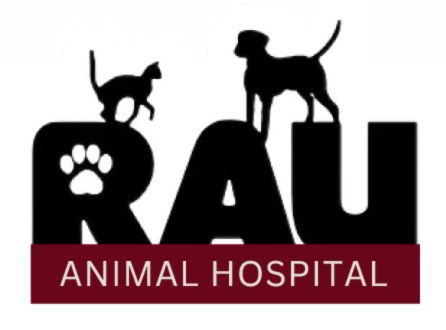- Almost twice as many cats than dogs never visit the veterinarian.
- Of the cats that do visit the veterinarian, they average 26% fewer visits than dogs.
- 41% of cat owners visit the veterinarian only for vaccinations.
- 39% of cat owners say they would only take their cat to the veterinarian if the cat was sick.
These statistics are alarming because cats need regular veterinary care! Cats are stoic and physiologically different than human beings. They are experts at hiding illnesses and will not always show pain, sickness or discomfort the way we might expect them to. By the time you start to see signs of illness, a disease might already be in advanced stages. This makes treatment more difficult, lengthy and more costly.
Most cats do not voluntarily exit the carrier once the veterinarian is ready to examine them. Often times, cat owners will simply dump, shake or pull their cat out of the carrier. This is traumatic! It is best to remove the top from your carrier (or unzip it) and let the veterinarian do the majority of the exam within the carrier. If you need to remove Fluffy to weigh him or trim his nails, do so gently and slowly. Speak calmly and in a soft tone of voice, letting him know you are right there with them.
